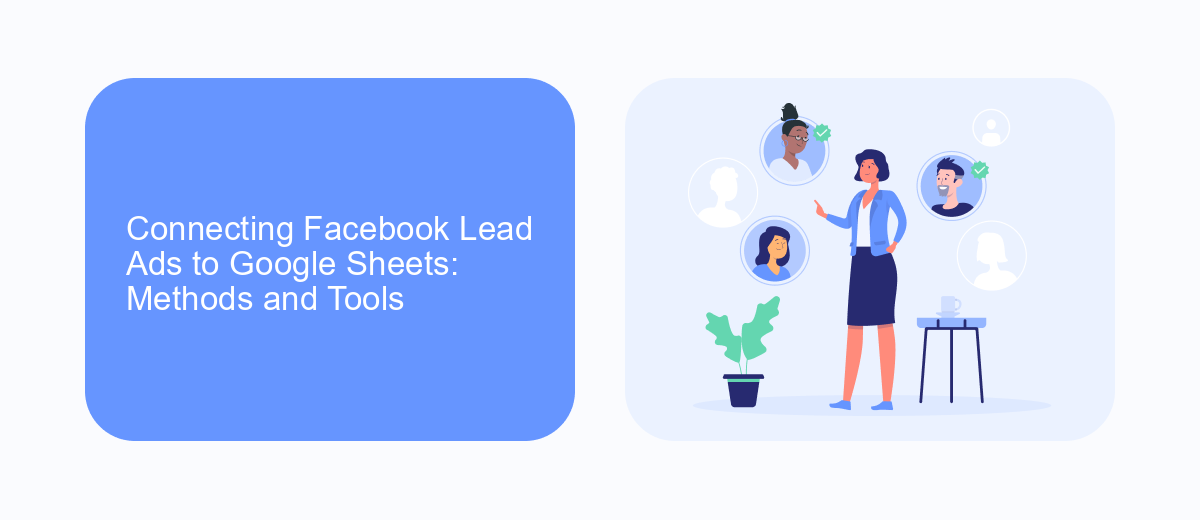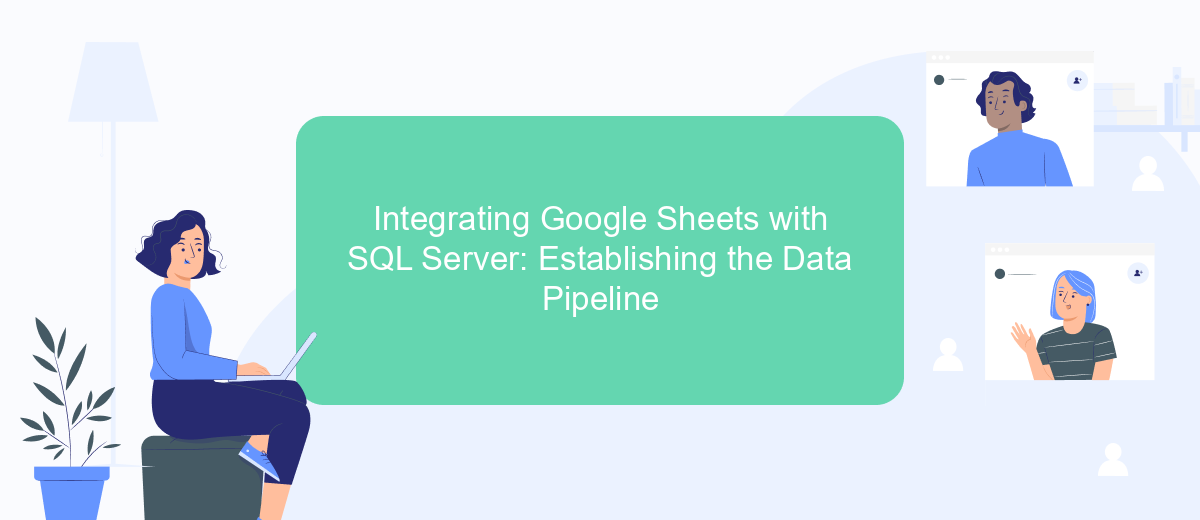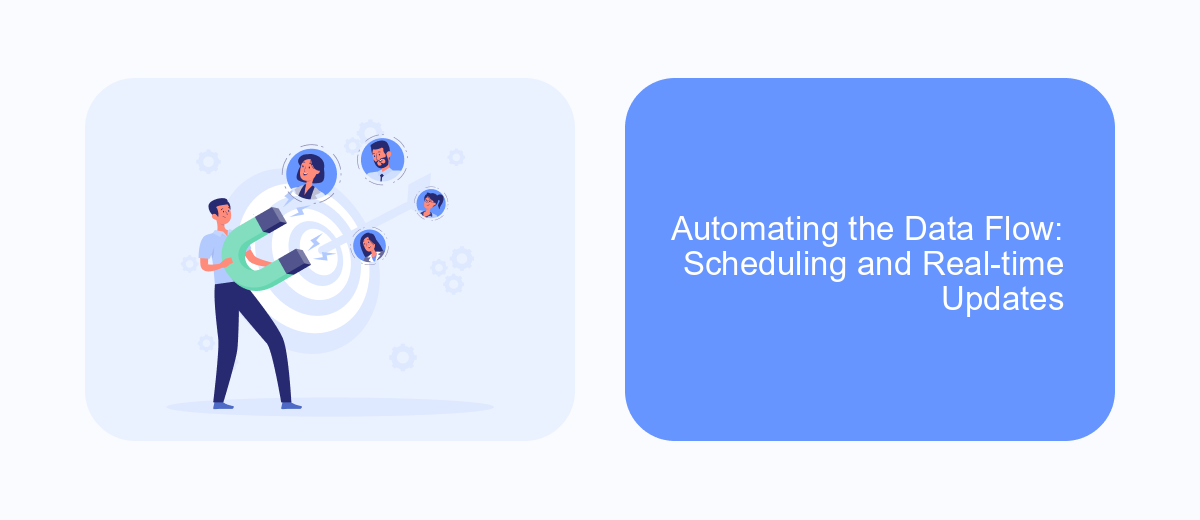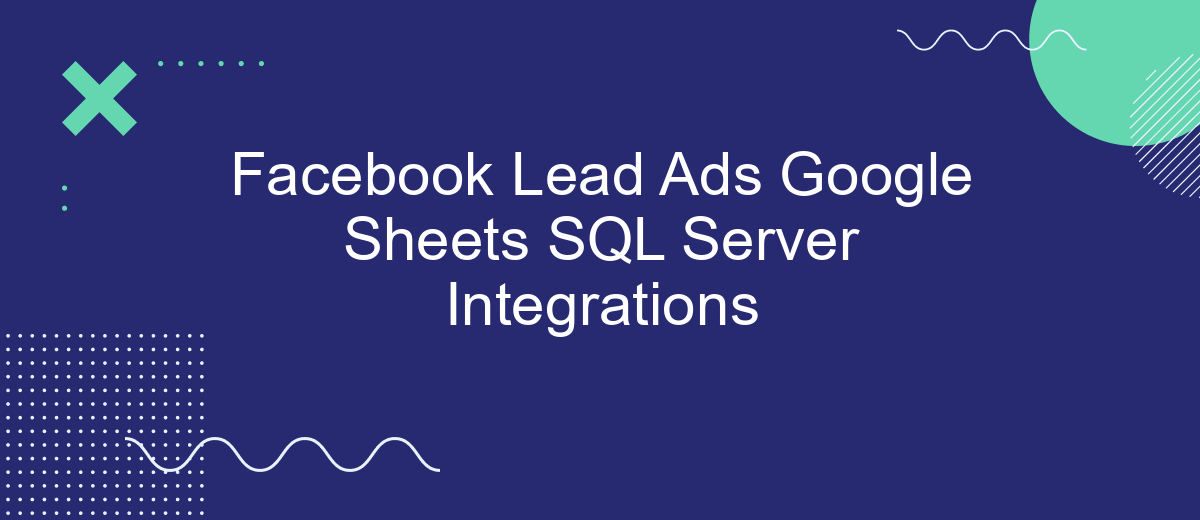In today's fast-paced digital marketing landscape, integrating Facebook Lead Ads with tools like Google Sheets and SQL Server can significantly enhance your data management and analysis capabilities. This seamless integration allows businesses to automatically collect, organize, and store lead information, streamlining the workflow and enabling data-driven decision-making. By leveraging these technologies, companies can optimize their marketing strategies and improve overall efficiency in capturing and utilizing leads.
Understanding Facebook Lead Ads and their Benefits
Facebook Lead Ads are a powerful tool for businesses looking to streamline their lead generation process. These ads allow companies to collect user information directly through Facebook, eliminating the need for potential customers to leave the platform to fill out a form. This seamless experience not only enhances user engagement but also increases the likelihood of capturing high-quality leads.
- Instant form submission without leaving Facebook
- Higher conversion rates due to reduced friction
- Customizable forms to suit specific business needs
- Integration with CRM systems for efficient lead management
- Access to Facebook’s extensive targeting options
By leveraging Facebook Lead Ads, businesses can significantly enhance their marketing efforts. The ability to gather accurate and relevant customer information efficiently is invaluable. Additionally, the seamless integration with tools like Google Sheets and SQL Server allows for easy data management and analysis, enabling businesses to make informed decisions and optimize their marketing strategies for better results.
Connecting Facebook Lead Ads to Google Sheets: Methods and Tools

Integrating Facebook Lead Ads with Google Sheets can significantly streamline the process of managing and analyzing leads. One of the most efficient methods to achieve this integration is by using automation tools and third-party services. These tools allow for seamless data transfer, ensuring that your lead information is updated in real-time without manual intervention. By connecting Facebook Lead Ads directly to Google Sheets, businesses can maintain an organized database, making it easier to track lead performance and conduct further analysis.
Among the various tools available, SaveMyLeads stands out as a user-friendly and effective solution. This service offers a straightforward setup process, enabling users to link their Facebook Lead Ads account with Google Sheets in just a few clicks. SaveMyLeads automates the data transfer, ensuring that every new lead is instantly recorded in your spreadsheet. This integration not only saves time but also reduces the risk of errors associated with manual data entry, allowing businesses to focus on nurturing leads and optimizing their marketing strategies.
Integrating Google Sheets with SQL Server: Establishing the Data Pipeline

Integrating Google Sheets with SQL Server involves creating a seamless data pipeline that allows for efficient data transfer and management. This integration is essential for businesses looking to automate data workflows and maintain up-to-date databases without manual intervention. By connecting Google Sheets to SQL Server, organizations can leverage the flexibility of spreadsheets alongside the robust data management capabilities of SQL Server.
- Set up a Google Cloud Platform (GCP) project and enable the Google Sheets API to access your spreadsheet data programmatically.
- Utilize a third-party tool or write a custom script in a language like Python to extract data from Google Sheets and transform it into a suitable format for SQL Server.
- Establish a connection to your SQL Server database using a library or driver, such as pyodbc for Python, and insert the transformed data into the desired tables.
By following these steps, businesses can create an efficient data pipeline between Google Sheets and SQL Server. This integration not only enhances data accessibility but also ensures data consistency across platforms, enabling better decision-making and streamlined operations. Regular monitoring and maintenance of the pipeline are crucial to address any potential data discrepancies and to optimize performance.
Automating the Data Flow: Scheduling and Real-time Updates

Automating the data flow between Facebook Lead Ads, Google Sheets, and SQL Server can significantly enhance efficiency and accuracy. By setting up scheduled tasks and real-time updates, you ensure that your data is always current, reducing manual intervention and the risk of errors.
To begin, identify the frequency with which you need the data to be updated. Depending on your business needs, you might opt for real-time updates to capture leads instantly or schedule updates at regular intervals to batch process data. This decision will influence the tools and methods you choose for automation.
- Use a data integration platform like Zapier or Integromat to connect Facebook Lead Ads to Google Sheets for real-time updates.
- Set up a script or use a third-party tool to transfer data from Google Sheets to SQL Server at scheduled intervals.
- Consider using SQL Server Integration Services (SSIS) for more complex data transformation and loading tasks.
By automating these processes, you not only save time but also ensure that your data pipeline is robust and reliable. This allows your team to focus on analyzing the data rather than managing it, leading to more informed decision-making.
- Automate the work with leads from the Facebook advertising account
- Empower with integrations and instant transfer of leads
- Don't spend money on developers or integrators
- Save time by automating routine tasks
Leveraging the Integrated Data: Reporting, Analysis, and Actionable Insights
Integrating Facebook Lead Ads with Google Sheets and SQL Server provides a powerful foundation for comprehensive reporting and analysis. By centralizing data from these platforms, businesses can gain a holistic view of their lead generation efforts. This integration allows for real-time data updates, ensuring that decision-makers have access to the most current information. With tools like SaveMyLeads, the integration process becomes seamless, enabling businesses to automate data transfers and reduce manual errors.
Once the data is integrated, organizations can perform in-depth analysis to uncover trends and patterns. This analysis can lead to actionable insights, such as identifying the most effective lead sources or optimizing ad spend. By leveraging these insights, businesses can make informed decisions to enhance their marketing strategies and improve ROI. Furthermore, automated reporting can be set up to provide stakeholders with regular updates, ensuring that everyone is aligned with the latest data-driven strategies.
FAQ
How can I integrate Facebook Lead Ads with Google Sheets and SQL Server?
What data can be transferred from Facebook Lead Ads to Google Sheets?
Is it possible to update Google Sheets in real-time with new leads from Facebook Lead Ads?
How do I ensure data security when integrating Facebook Lead Ads with SQL Server?
Can I customize the data fields transferred from Facebook Lead Ads to SQL Server?
Use the SaveMyLeads service to improve the speed and quality of your Facebook lead processing. You do not need to regularly check the advertising account and download the CSV file. Get leads quickly and in a convenient format. Using the SML online connector, you can set up automatic transfer of leads from Facebook to various services: CRM systems, instant messengers, task managers, email services, etc. Automate the data transfer process, save time and improve customer service.

